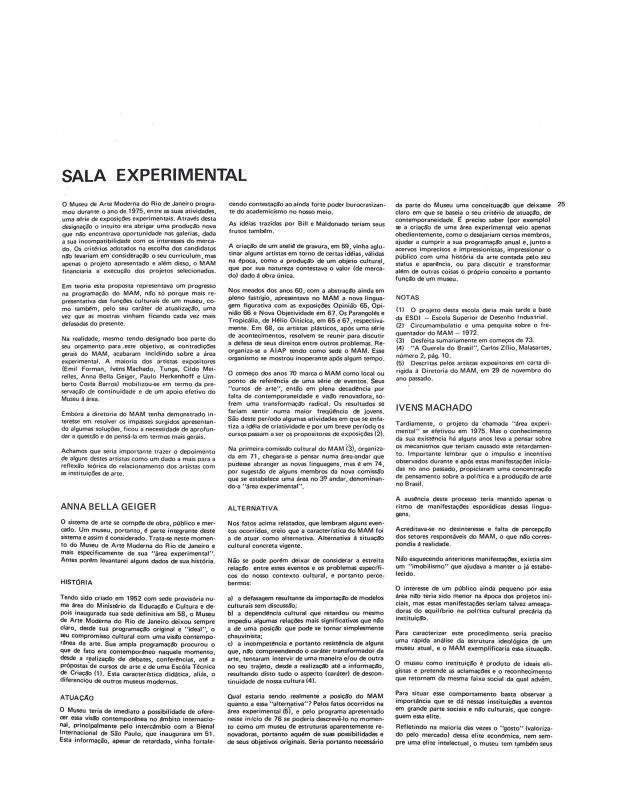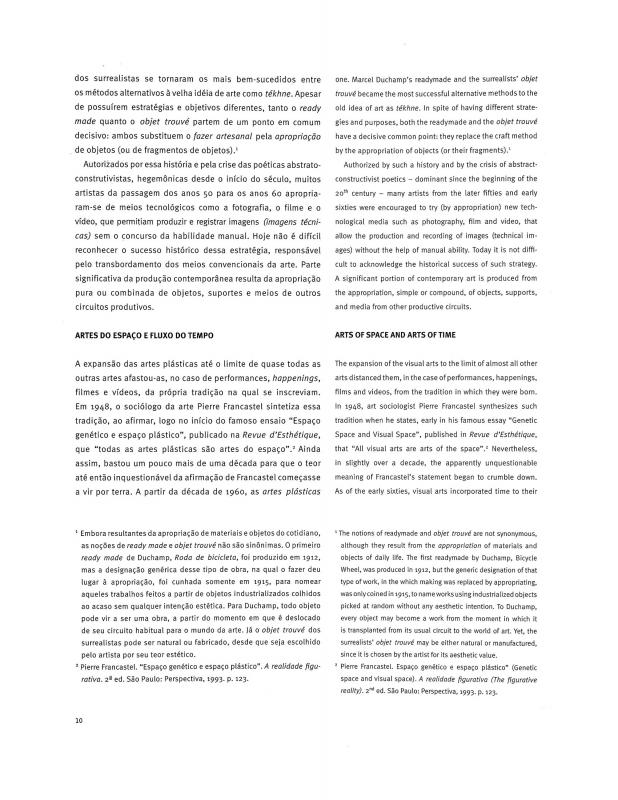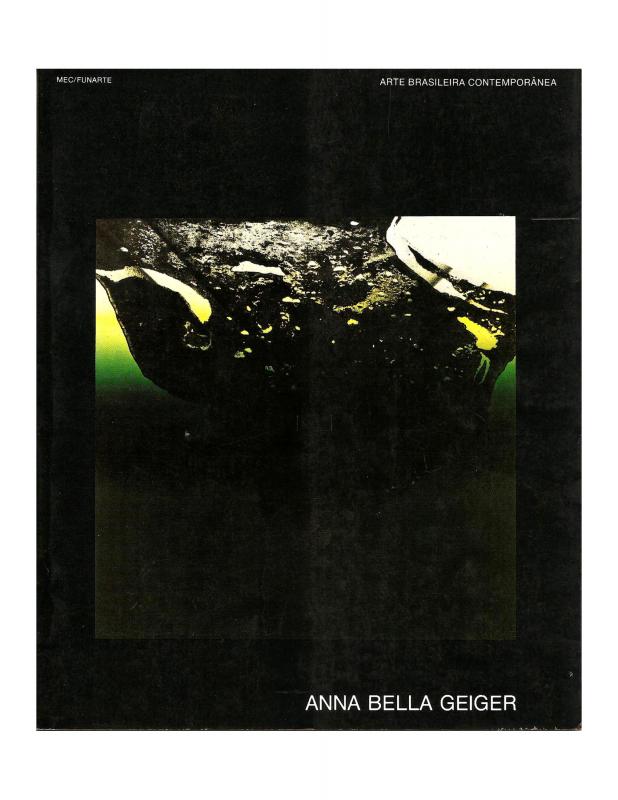The painter from Rio Grande do Sul was interviewed simultaneously by Fernando Cocchiarale and Anna Bella Geiger as an acknowledgment of the existence of both abstraction and Expressionism in Brazilian art, The interview was subsequently included in their book Abstracionismo Geométrico e Informal.
The artist and professor Iberê Camargo (1914–1994) joined forces with Alberto da Veiga Guignard to start the Grupo Guignard in the 1940s. In 1953, Camargo taught a course on printmaking at the Insituto de Belas Artes in Rio de Janeiro. Later on he moved out of his studio to an open-air workshop (Atelier livre, 1961) that in time became a noted art school in Porto Alegre that surpassed the overall academic standards of the city. His professional career was acknowledged in an important interview in 1972 [see ICAA digital archive, doc. no. 1110416]. Despite his involvement in group projects, the interview confirms the image he ascribed to himself as a solitary artist, a “romantic” recluse, unwilling to join groups or accept the dogma of any particular art movement. His dearest wish was to follow his own intuition and temperament. He struggles constantly with a language of “signs and symbols;” he accepts that one day he may once again include figures in his paintings, which in fact happened in the 1980s.
Before becoming a curator and getting involved in the field of cultural administration, Fernando Cocchiarale (b. 1952) had a brief career as an experimental artist in the 1970s, and was one of the main instigators of the Sala Experimental at the MAM-Rio (Museu de Arte Moderna do Rio de Janeiro). From the 1980s until the present, he has been a noted art critic and curated some important events. He has been the director of both Funarte (Fundação Nacional de Arte) and the above-mentioned MAM-Rio.
Articles about his involvement in the Sala Experimental in the mid-1970s can be found in the ICAA digital archive: “O pão nosso de cada dia” about Anna Bella Geiger (see doc. no. 1110557). There is also an essay jointly written by her, Ivens Machado, and Paulo Herkenhoff about the landmark “Sala Experimental” (see doc. no. 1110602), and “Artes do espaço e fluxo do tempo = Arts of space and arts of time” (see doc. no. 1111426).
The Polish-born Brazilian visual artist Anna Bella Geiger (b. 1933) used very different media in her work. She began her career as a draftsman and printmaker in Rio de Janeiro in the 1950s. In the 1970s she explored a wide variety of different languages (video, photography, drawing, prints, writing, and photocopies) and expressed her radical opposition to the existing art system. She is currently a teacher at the Escola de Artes Visuais do Parque Lage. Cocchiarale provides a general review of her extremely varied range of works in “Anna Bella Geiger” (see doc. no. 1111066).





